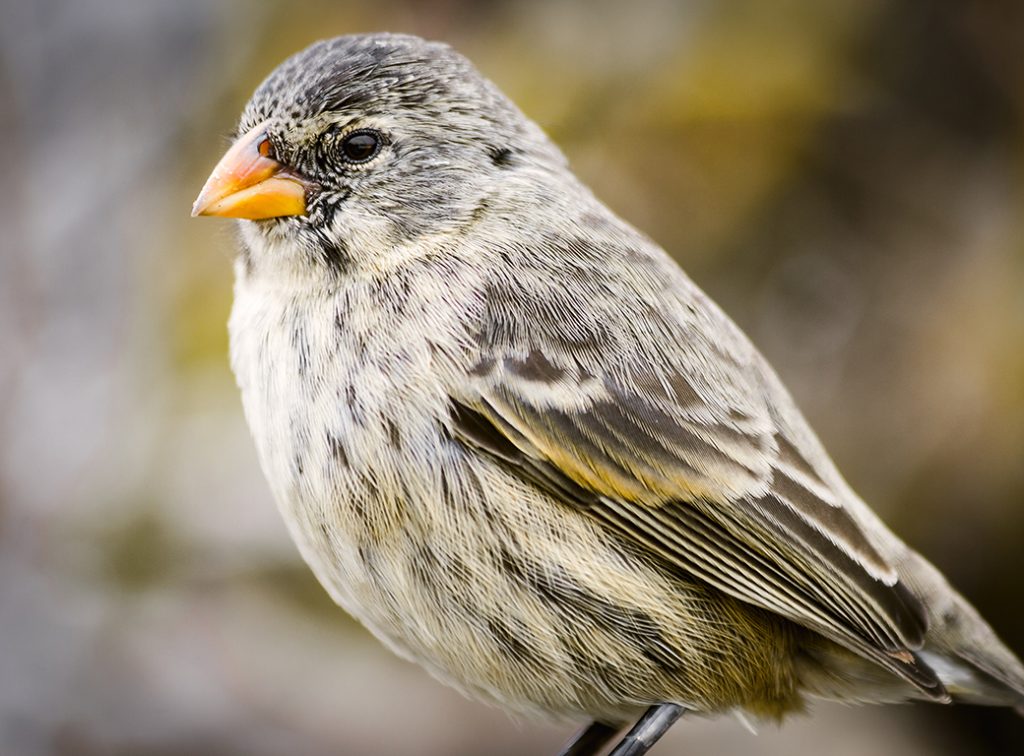Yellow or pink? Why Darwin’s finches grow beaks in two colors as nestlings

Leif Andersson, a professor at the Texas A&M College of Veterinary Medicine & Biomedical Sciences and Uppsala University, and researchers from Uppsala and Princeton universities have uncovered the genetic basis for the yellow beak color of some Darwin’s finch nestlings.
Several species of Darwin’s finch nestlings have a beak color that is either yellow or pink. An unusual feature of the Darwin’s finch beak color is that it is only visible before birds leave the nest; as adults, the beaks of most Darwin’s finches are entirely black due to deposition of melanin.
In their study, published in Current Biology, the researchers tie this beak-color variation to the carotenoid-rich diet consumed by the parents; they believe this finding may provide clues for how differences between species evolve.
Carotenoids form the basis for the colors red, yellow, and orange and are the underlying pigment for much of the enormous variety in color found across birds; in their study, the team discovered a mutation affecting the expression of a key carotenoid pigment gene, which results in carotenoids deposited at a greater rate in the beaks of birds possessing the mutation, leading to the observed yellow color.
Birds are not able to produce carotenoids themselves and obtain them by eating foods that contain carotenoids, such as insects and plants. In fact, much of the variation in beak, leg, and feather colors that can be observed among bird species is due to carotenoids.
The genetic basis for this variation has been poorly understood because there are millions of genetic differences between species and it is really difficult to figure out which ones control the difference in carotenoid pigmentation, according to Andersson.
“It is in fact more difficult than finding a nail in a hay stack,” he said.
However, when variation occurs within species, researchers can use modern genetic tools to identify the variation in DNA sequence that is controlling the difference in the visible phenotype.
By sequencing the full genome of hundreds of birds with yellow (with carotenoids) and pink (lacking carotenoids) beaks, the researchers found that the only consistent difference was a single base change in the protein-coding gene BCO2 (Beta-Carotene Oxygenase 2) that causes carotenoid oxidation (breakdown).

